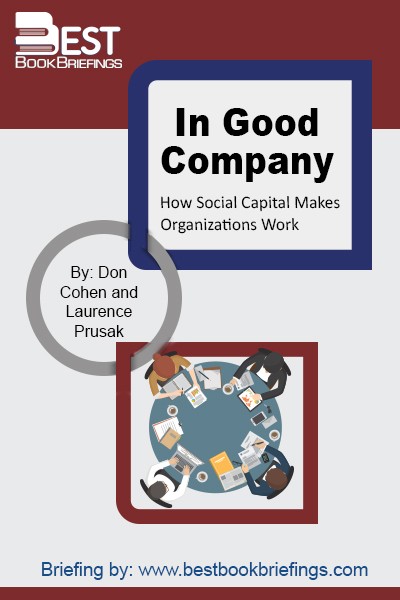Who's in the Room?
How Great Leaders Structure and Manage the Teams Around Them
Number of pages: 208
Publisher: Jossey-Bass
BBB Library: Operations Management
ISBN: 978-1-118-06787-1
Editorial Review
At the heart of every organization chart lies a myth. At the top there’s the boss. Directly beneath are the boss’s direct reports – anywhere from five to fifteen people who meet regularly as the senior team. Whether at the corporate, divisional, functional, or departmental level, this team almost invariably has a name that suggests its lofty status: Executive Committee, Management Council, Operating Committee, Senior Management Team. The members of this august body are presumed by most managers to spend their time together discussing profound thoughts and making all of the organization’s truly momentous decisions. The reality is that they don’t.
Book Reviews
Books on Related Topics

Perhaps more than any of the other dysfunctions, the leader must set the tone for a focus on results. If team members sense that the leader values anything other than results, they will take that as permission to do the same for themselves. Team leaders must be selfless and objective and

In this leadership book, 42 Rules for Creating WE offers new insights from thought leaders in neuroscience, organizational development, and brand strategy, introducing groundbreaking practices for bringing the spirit of WE to any organization, team or cause.

Social capital consists of the stock of active connections among people: the trust, mutual understanding, and shared values and behaviors that bind the members of human networks and communities and make cooperative action possible. It makes an organization, or any cooperative group, more than a collection of individuals’ intent on achieving



